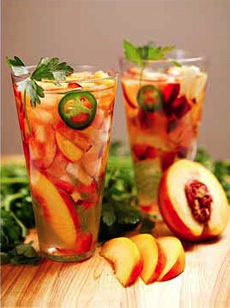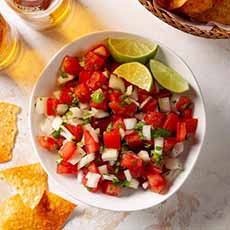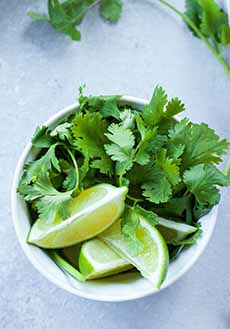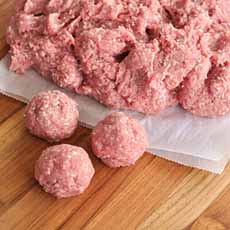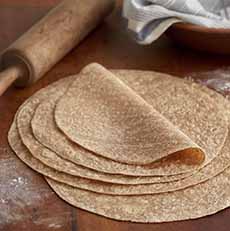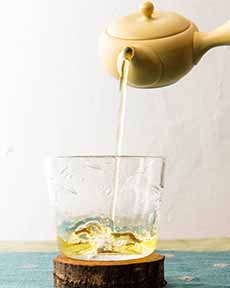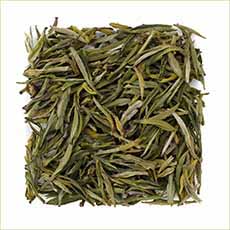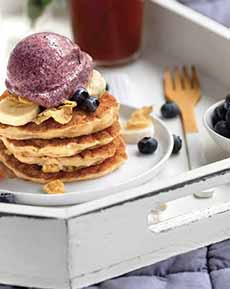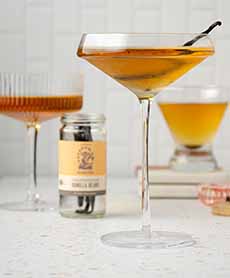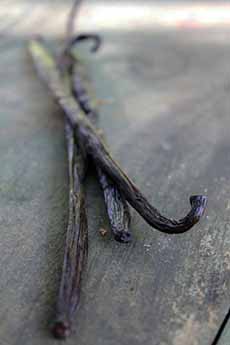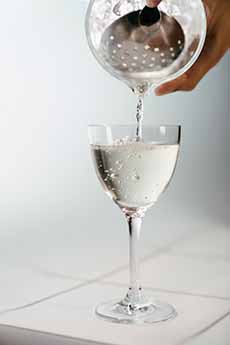|
Yellow tea is a rare and wonderful thing, say the experts at In Pursuit Of Tea, an artisan tea seller. It’s been a tradition in China’s Anhui Province for more than 1,000 years.
And it’s so rare that we—big tea lover—had never even heard of it.
Today, we share our new-found knowledge with you.
WHAT IS YELLOW TEA?
Yellow tea gets its name from the yellow hue of its [green] leaves, after the fermentation and oxidation processes. And, it’s the color of the liquor** brewed from them.
Similar to green tea, the buds of the tea plant, Camellia sinensis, are handpicked in early spring. Only the tips of the finest tea leaves are used for yellow tea.
Different tea masters vary the process, but here is the technique used to create Huo Shan Huang Ya, the tea in the photos that you can actually buy right now:
The plucked leaves are dry heated (panned) to almost halt the oxidation*—but not completely.
They are then carefully wrapped in cloth or thick paper, and finished over smoldering charcoal for a few days, curing in the sauna-like heat.
This unique, multi-day process transforms the tea into something special: a tea reminiscent of a Chinese green tea, but with more complexity and smoothness than their green tea cousins.
A rounded finish lingers, with a sweet hint of charcoal.
Because of the multiple-day wrapping and steaming process, making yellow tea is much more time-consuming and delicate. It takes expertise to achieve just the right level of fermentation and oxidation.
But there are very few tea masters in China who have this mastery, another factor that makes yellow tea the rarest and most expensive. A lot of expertise has been lost over time. Here’s more about it.
In most cases, yellow tea is consumed by locals or used as a tribute tea‡‡‡.
Thee rare yellow tea, with its craftsmanship and fine flavor, quickly became a favorite tribute tea. [source].
All of this makes yellow tea the rarest and most expensive variety.
THE HISTORY OF YELLOW TEA
Yellow tea is the “youngest” of the teas types. It first appeared in the 14th or 15th century, during the Qing dynasty (1644-1912).
While all tea is made from the same plant, Camellia sinensis, the terroir‡‡ that grows the best plants to make yellow tea are the mountains of the Hunan, Sichuan and Zhejiang provinces of China.
What makes yellow tea so rare and pricey?
First, a limited growing area. Second, the unique harvesting and drying processes, described above, which contribute to the tea’s yellow color.
Due to the wrapping of the leaves and a multiple-day steaming process, making yellow tea is more time-consuming and delicate.
In most cases, yellow tea is made for the appreciation of locals or used as a tribute tea, given to dignitaries. They have never had a broad market presence.
In fact, for centuries, it was actually illegal to sell yellow tea abroad; so it never gained much awareness [source].
AVAILABLE FOR A BRIEF TIME
Because this tea is so rare, grab it while you can. The lot available at In Pursuit Of Tea is Huo Shan Huang Ya. “Huo Mountain Yellow Sprout.”
It’s a remarkable lot, says In Pursuit. “Harvested in late April, it boasts aromas of grilled artichoke and roast peanuts with a verdant undertone of fresh green beans.
“As for the taste, think of ripe honeydew sprinkled with white pepper, all packed into beautifully fluffy buds, festooned with a fine coat of fuzzy trichomes—a true sign of leaf quality.”
“We’re calling it the tea of the summer: bright and unusual to match the reopening of 2021, and alluring enough to encourage new experiences.
“Steep a generous pinch loose in a chawan or wide bowl, and sip on a porch while watching the birds.
“Try an ambient brew with room temperature water for an hour to appreciate a different side of this multifaceted tea.
“Or drink it iced all summer long, to quench your thirst for something refreshing and beautiful.”
We say: Make hay while the sun shines, and get some Huo Shan Hyuang Ya that’s the color of sunshine.
Head to In Pursuit of Tea.
You can afford the two-ounce package, $46.25. It’s a lot, but it’s a very special experience.
You can usually get about 10–15 cups of tea (a 6 fluid ounces tea cup—not a 12-ounce mug) from an ounce of loose leaf tea, depending on how strong you like your tea. Thus, two ounces of loose leaf should provide up to 30 cups of tea [source].
When you take a sip, remember that you’re drinking a tea enjoyed only by the emperor of China, for most of its existence.
> AN OVERVIEW OF TEA
> THE DIFFERENT TYPES OF TEA
> THE HISTORY OF TEA
> BREWING THE PERFECT CUP OF TEA
|





